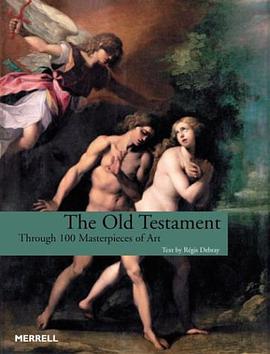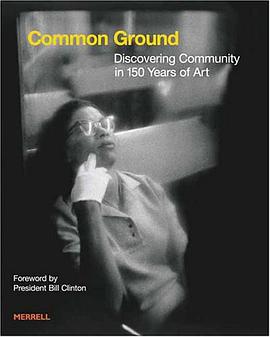

具体描述
Feminists have argued that the Barbie doll perpetuates unrealistic standards of feminine beauty and undermines the credibility of women - that her long, slender plastic limbs and tiny waist fetishize the female body in unnatural ways and that her mature, overtly fashionable image promotes consumerism and superficiality over and above womens liberty and intellect. Depending on the viewer, Barbie is either a malign symbol of the strategies of the capitalist system or she is a symbol of glamour, high fashion and style, a fascinating indice of cultural change and nostalgic memory. Yet both Barbies fans and detractors assume that she stands alone.In reality she is the most high profile of a series of iconic dolls that over the past century and a half have been intimately connected to notions of fashionability. The prominence of haute couture in popular culture suggests that the link between fashion marketing and dolls should be an obvious one. Yet to date this connection has not been systematically explored. Doll collecting has been viewed as an enthusiasts or curatorial preserve, while the volumes these artefacts speak about culture and identity has not been adequately interrogated. Peers original and shrewd analysis fills a major gap in cultural studies by examining in depth the dolls associations with concepts of femininity and fashionability.
作者简介
目录信息
读后感
评分
评分
评分
评分
用户评价
相关图书
本站所有内容均为互联网搜索引擎提供的公开搜索信息,本站不存储任何数据与内容,任何内容与数据均与本站无关,如有需要请联系相关搜索引擎包括但不限于百度,google,bing,sogou 等
© 2026 book.wenda123.org All Rights Reserved. 图书目录大全 版权所有




















